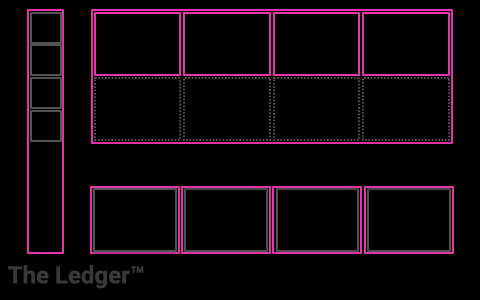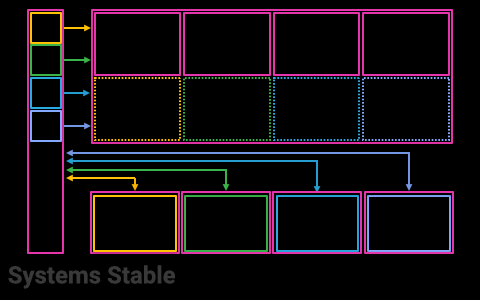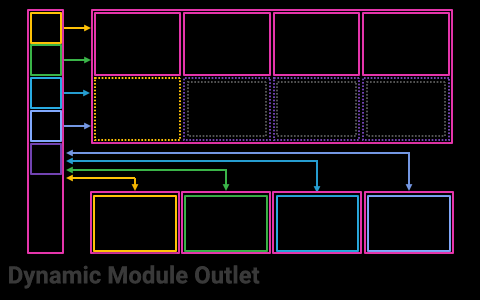This is an example demonstrating how we can use federated modules to solve enterprise-level problems.
- Git
- Node.js and NPM – we recommend using NVM (Linux/Mac) or NVM-Windows (Windows)
- Install Angular CLI via
npm i -g @angular/cli
Because this is a demonstration of how to consume N number of hosted applications into a single application, we will be spinning a couple of stand alone applications at once.
git clone https://github.com/briebug/ng-module-republic.git
cd ng-module-republic
yarn
yarn serve:allAnd run each of these commands in their own tab.
yarn serve:primary
yarn serve:secondary
yarn serve:partnerThe serve:all command is a convenience methods that runs the serve:api, serve:ledger and serve:dashboard commands concurrently. You can run each command separately if you need to.
"serve:api": "nx run api:serve",
"serve:ledger": "nx run ledger:serve --port=4200 --open",
"serve:dashboard": "nx run dashboard:serve --port=4201 --open",
"serve:primary": "nx run primary:serve --port=4202 --open",
"serve:secondary": "nx run secondary:serve --port=4203 --open",
"serve:partner": "nx run partner:serve --port=4204 --open",
"serve:remotes": "concurrently \"npm run serve:primary\" \"npm run serve:secondary\" \"npm run serve:partner\"",
"serve:all": "concurrently \"npm run serve:api\" \"npm run serve:ledger\" \"npm run serve:dashboard\"",The ledger application will open to http://localhost:4200 in your browser.
The dashboard application will open to http://localhost:4201 in your browser.
The primary application will open to http://localhost:4202 in your browser.
The secondary application will open to http://localhost:4203 in your browser.
The partner application will open to http://localhost:4204 in your browser.
Note: the above terminal commands are for Mac. Remember to substitute the appropriate commands for your OS.
This application demonstrates a few interesting ideas of how an organization can apply federated modules to their enterprise applications.
Imagine we have a dashboard that would like to consume any number of modules if it only knew what was available. By introducing a "ledger," modules can register themselves as available for consumption. Consumers can then query the ledger to discover what modules are available and then consume them. The ledger allows for additional modules to be added and then consumed in realtime.
Now that we know how to discover modules, how do we verify that they are healthy and available? The ledger can monitor registered modules, and if a module goes offline, it will detect this change and mark the module as unhealthy. Once the module is marked unhealthy, it will broadcast to the connected consumers that a module is offline so they can respond accordingly.
We can do some exciting things by using federated modules to load federated modules. This arrangement presents some pretty compelling use cases that involve dynamic feature composition and consumption from independent development sources. For instance, you could create a top-level module outlet for 3rd party vendors that your users can then dynamically load in modules from an ecosystem or marketplace at their discretion.



